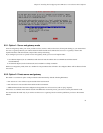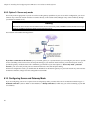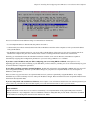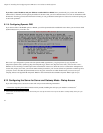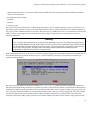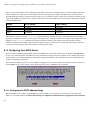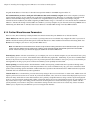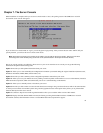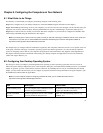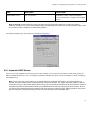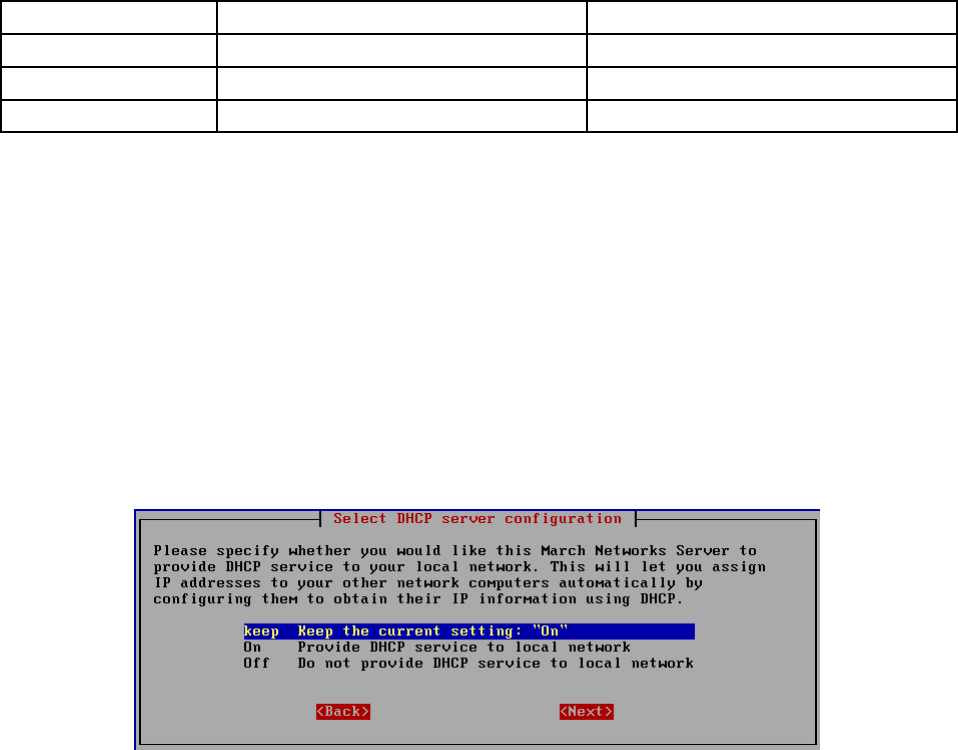
Chapter 6. Installing And Configuring Your SME Server V5 with ServiceLink Software
There are two separate timeout values configured by each choice. One value is the length of time since the last HTTP (web) packet
went through the server. The other is a more general timeout for any other types of packets. The difference is there because it is
assumed that people reading a web page may take longer to go on to another web page, whereas users connecting to another service
(such as ssh or POP3 to an external server) probably will be more active than someone using a web browser. The timeout values are
shown in the table below.
Choice HTTP Timeout Other Timeout
Short 3 minutes 30 seconds
Medium 10 minutes 5 minutes
Long 20 minutes 10 minutes
Note that there is also the option for a Continuous dial-up connection. Choosing this option is basically equivalent to creating a
permanent or dedicated connection, but only doing so through the use of a dial-up connection and a modem. One example of this use
might be to set a Continuous connection policy during work hours and then some variable policy during off-hours and the
weekend. Assuming that your ISP is okay with this arrangement and you can afford to do so financially, these settings would give
your users the fastest response time as the connection would always be online.
6.13. Configuring Your DHCP Server
You now will be prompted regarding DHCP service. Your SME Server V5 with ServiceLink can be configured to provide DHCP
service to your internal network. The DHCP server can automatically configure the other computers on your internal network with
such parameters as non-routable IP address, subnet mask and gateway IP address. This reduces the risk of error and simplifies the
process of configuring your network.
We recommend configuring your server to use DHCP to configure all of your network clients. You should not do this if there is an
existing DHCP server on your network as there should typically be only one DHCP server per network.
6.13.1. Configuring the DHCP Address Range
Before the DHCP server is able to assign IP addresses to the computers on your network, you need to tell it what range of IP
addresses it can safely distribute. As above, this section is pre-configured with defaults that are appropriate in most situations.
46




